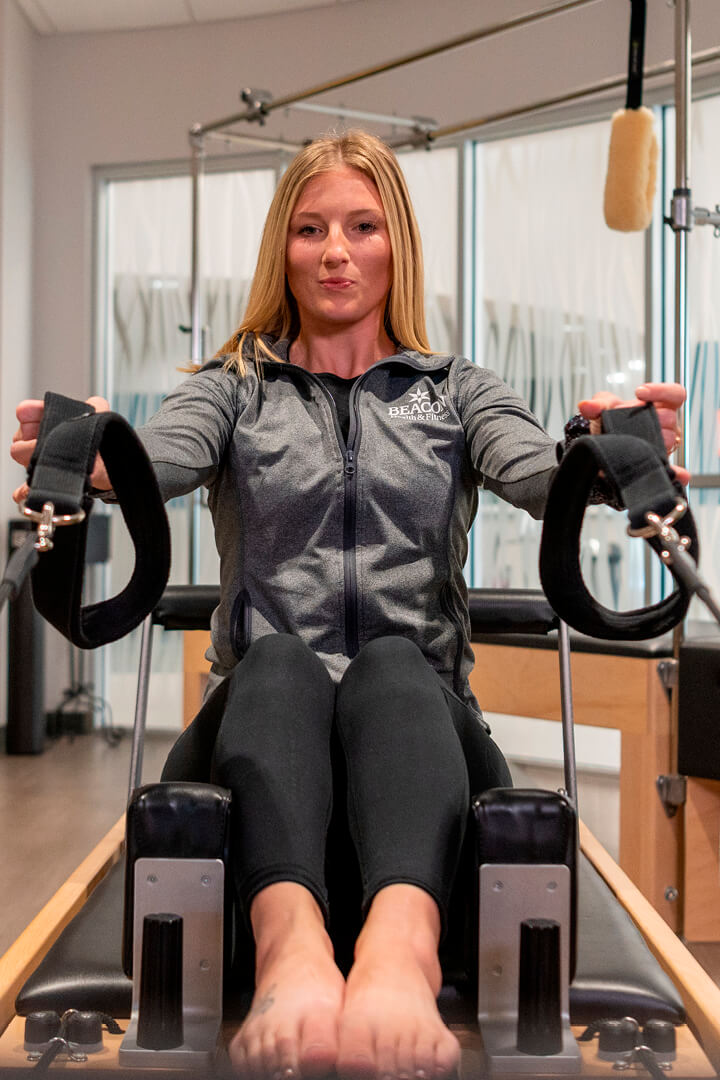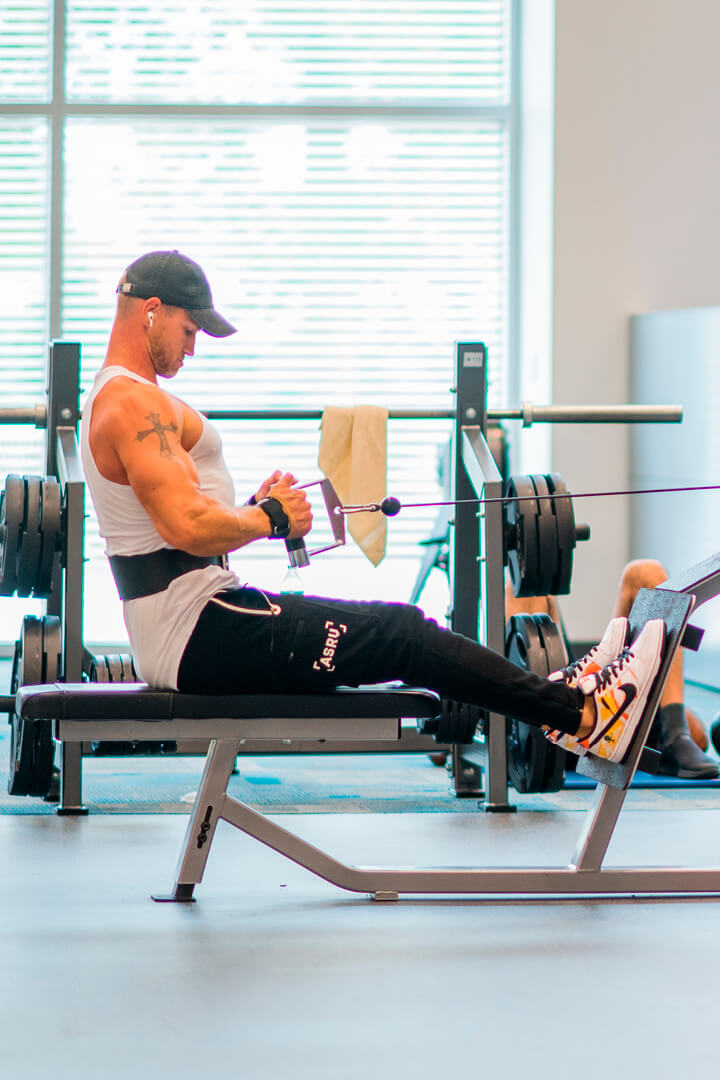![]() People with a close network of friends live longer, have healthier brains, are more likely to survive breast cancer and heart disease, and even get fewer colds (go figure).
People with a close network of friends live longer, have healthier brains, are more likely to survive breast cancer and heart disease, and even get fewer colds (go figure).
An interesting study from the University of Virginia took students to the base of a steep hill, fitted them with a weighted backpack and had them estimate the steepness of the hill. Some participants stood next to friends and others stood alone. Those beside friends predicted the hill to be less steep than those who stood alone. The longer the participant had known the friend standing the next to them, the less steep the hill was as well.
In these strange times, standing next to a friend can be dangerous, but an important takeaway is not to simply let go of social networks all together, but to be more innovative. We can keep a good part of the healthy influence of social time in our lives without putting ourselves at risk.
Technology is an obvious stand in, and if you’re still resisting video visiting, it’s time to give it a shot. There’s much evidence to suggest that seeing the face of someone on a screen creates a bodily response (the release of oxytocin, etc.) much closer to in-person visiting than simple voice contact. Other ideas include returning to the time-tested method of writing letters, or even looking at old pictures or reminders of loved ones.
Consider asking yourself each morning, how will I get my social medicine today? Then set a small and easy goal like watching videos of the grandkids, talking with a neighbor for 5 minutes across the yard, or just logging on quickly to one of the many Zoom events you might find on Facebook or Eventbrite. When in doubt, reach out to an older person or someone you suspect might be feeling more isolated than you. Even if you go in with solely charitable intentions, you might find you both benefit.





